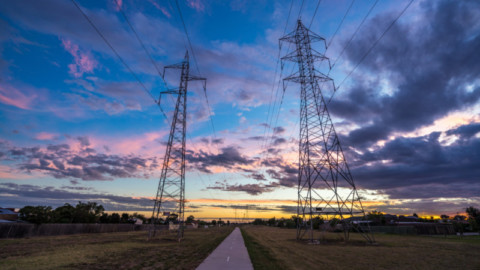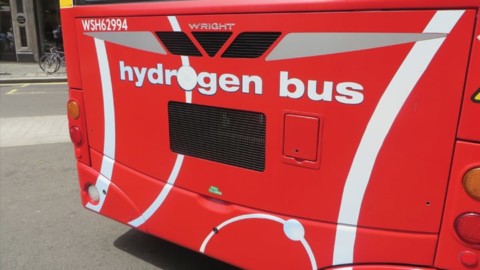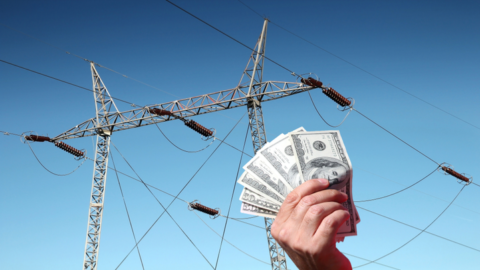The Australian Resources & Energy Employer Association has released a new report which estimates that Australia’s resources and energy industries will require 28,260 more workers by the end of 2028.
Resources and Energy Workforce Forecast: 2023-2028 breaks down the estimated labour required to operate new, expanding and restarted mining, oil and gas projects expected to enter production by December 2028.
The fourth annual edition in this series lists 103 projects as being either committed or advanced in feasibility and considered likely to proceed within the five-year period.
The 28,260 production-related jobs will grow the workforce by nine per cent and are up from the demand of 24,000 new jobs forecasted in late 2022.
84 mining projects are included in the modelling, needing around 24,300 workers. The bulk of this demand will come over the next three years, with more than 19,000 workers expected to be required by the end of 2025.
Coal (13 projects for 5,000 workers) and iron ore (nine projects for 4,235 workers) retain their star status as key employment and economic generators. The resurgence in gold continues, with eleven projects set to create 2,500 new jobs over three years.
AREEA Chief Executive, Steve Knott, said that the report showed the ongoing resilience of Australia’s resources and energy industry in the face of a combination of challenges.
“Despite domestic policy pressures and global economic and geopolitical headwinds, the number of projects, jobs and capital investment on the horizon is only trending upwards,” Mr Knott said.
“The big resource state Western Australia has increased its projected workforce growth by 14 per cent since last year’s report.
“But growth in projections is well dispersed across the nation, with the real surprises in the smaller resources regions: South Australia has tripled its projected workforce growth, Victoria’s numbers are up seven-fold and the Northern Territory has seen an increase of 25 per cent.
“And for the first time in four years, New South Wales takes the mantle as the second most favoured jurisdiction in the country for mining and energy investment and associated jobs growth.”
However, this year’s report is the first in the series where Queensland has gone backwards – both in terms of project capital (down 15 per cent) and prospective employment growth (down 20 per cent) on 2022’s numbers.
“While still a healthy pipeline, clearly the Queensland Government’s snap decision to massively increase coal royalties has taken its toll on investor confidence,” Mr Knott said.
“Several large coal projects were cancelled or deferred indefinitely.
“Queensland is the only state to have reduced major project workforce numbers in this year’s forecasting report compared to last year.
“While the overall number of projects (16) remains the same as 2022, the number of forecast new jobs over the projected five-year period is down from 5,560 in last year’s report to 4,470 this year.”
Mr Knott said that AREEA forecast ten coal projects would create demand for 4,400 jobs over five years (2022-2027).
“This year, that number is six coal projects (2023-2028) with forecast workforce demand near halving at 2,600.
“Hopefully, the Queensland Government will reconsider its short-sighted approach.
“This is a timely reminder to policymakers that the strength and contribution of the industry cannot be taken for granted. Mooted changes to federal taxation, environmental and energy policy must be treated with equal caution.”
Mr Knott said the report underscored the importance of the resources and energy industry to the security and prosperity of all Australians.
“Australia’s mining sector contributes to around 13.7 per cent of GDP, comprises over two-thirds of exports and directly employs more than a quarter of a million people.
“In fact, resources and energy industry employment surpassed the 300,000 mark for the first time in mid-2022 and has only grown since.
“The recent Federal Budget surplus – the first in 15 years – was delivered on the back of Australia’s resources sector. By the end of September, we will know the final budget outcome for 2022-23. And it’s likely to be at least $20 billion in surplus – way north of the $4.2 billion forecast in May, and largely predicated on key exports such as iron ore, coal and gas.
“By powering the nation’s finances, our sector is enhancing the economic opportunities and well-being of Australians. The Government is better placed to invest in the services we need such as Medicare, the NDIS, hospitals, schools, aged care and infrastructure.
“This is why the industry must continue to not only survive, but thrive. There is no greater threat to that success than policy making which seeks to appease sectional interests rather than pursue the best interests of all Australians.”
















